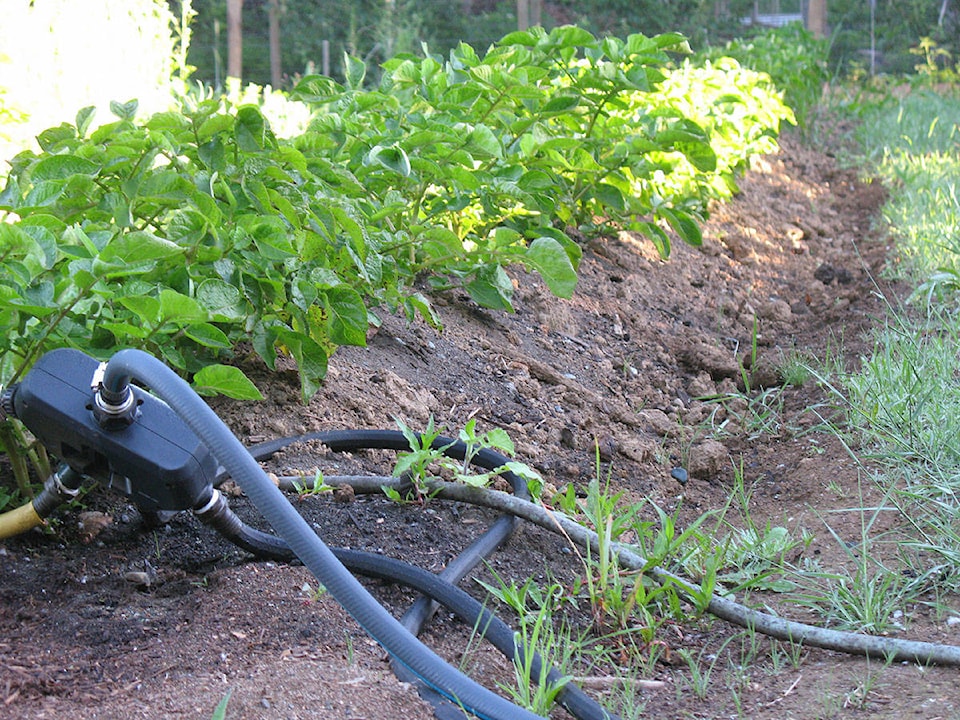By Mary Lowther
Yesterday while cleaning out a bed that had held brassica weeds that got away on me, I unearthed a perfect, clean potato as big as my fist. After I had eaten it for breakfast, David suggested that I should have saved it to re-plant this year. Yeah, I should have. This potato came from a planting two years ago and had been enveloped last year in four-foot high brassicas that had gone to seed and developed huge root systems that were never watered.
I’m going to save some of the small ones from this year’s crop, retaining as much root as possible and move them to a seed-saving dry bed and see what happens over winter. In last week’s column, I mistakenly said Dr. William Albrecht, chairman of the Soils Department at the University of Missouri had established that food grown in a climate with less rainfall is less nutritious, when in fact he found the opposite to be true — food grown in a climate with less rainfall is more nutritious.
Experimenting goes hand in hand with gardeners; in fact, we constantly learn new ideas that our forebears may have known but didn’t write about. Luckily, some of them have described their favourite experiments.
Dick Raymond pushes the envelope at both ends of his growing season in case the weather co-operates. If his plants don’t make it, as he says, he’s only out a few seeds, and it is worth the gamble for the years when he can squeeze in an extra crop.
Garlic grower Ron Engeland noticed that garlic whose scapes he hadn’t gotten around to nipping off in time, developed bulbs that over-wintered better in storage. Scapes are the stalks and flowers that grow within the leaves, usually in late June. Engeland then left a portion of his garlic beds to develop scapes and cut them off before the bulbs split, about a week before harvest, and found that though the bulbs grew to a smaller size, they too survived storage longer.
A.G. Puttock inherited a chest of drawers from his grandfather that held a screwed up piece of paper labeled “Melon Seeds, 1887”. He opened it up to find 14 seeds that he then sowed in 1955, just for the heck of it. Every one germinated and grew into healthy plants, but it’s too bad that he didn’t save any of their seeds because melons normally are viable for only five years!
Steve Solomon grew a garden in Lorane, Washington, where his well produced so little water that he was faced with drought if he couldn’t figure out how to garden with less than he was used to. Because his family depended on his garden for the bulk of their diet, he learned to grow almost as much food as before, but with little or no watering. He planted crops farther apart in well nourished soil and applied compost tea at regular intervals because, he reasoned, plants that gather most of their nutrients from the top layer of soil couldn’t access them when the soil was dry. The results were so impressive that he wrote a book about it called Gardening Without Irrigation: or without much anyway.
The nice thing about our gardens is that they are ours to play around with — our own science labs that we can experiment on to our hearts’ desire. Some day, as with Mr. Solomon, our lives may depend on our experimenting successes.
Please contact mary_lowther@yahoo.ca with questions and suggestions since I need all the help I can get.
